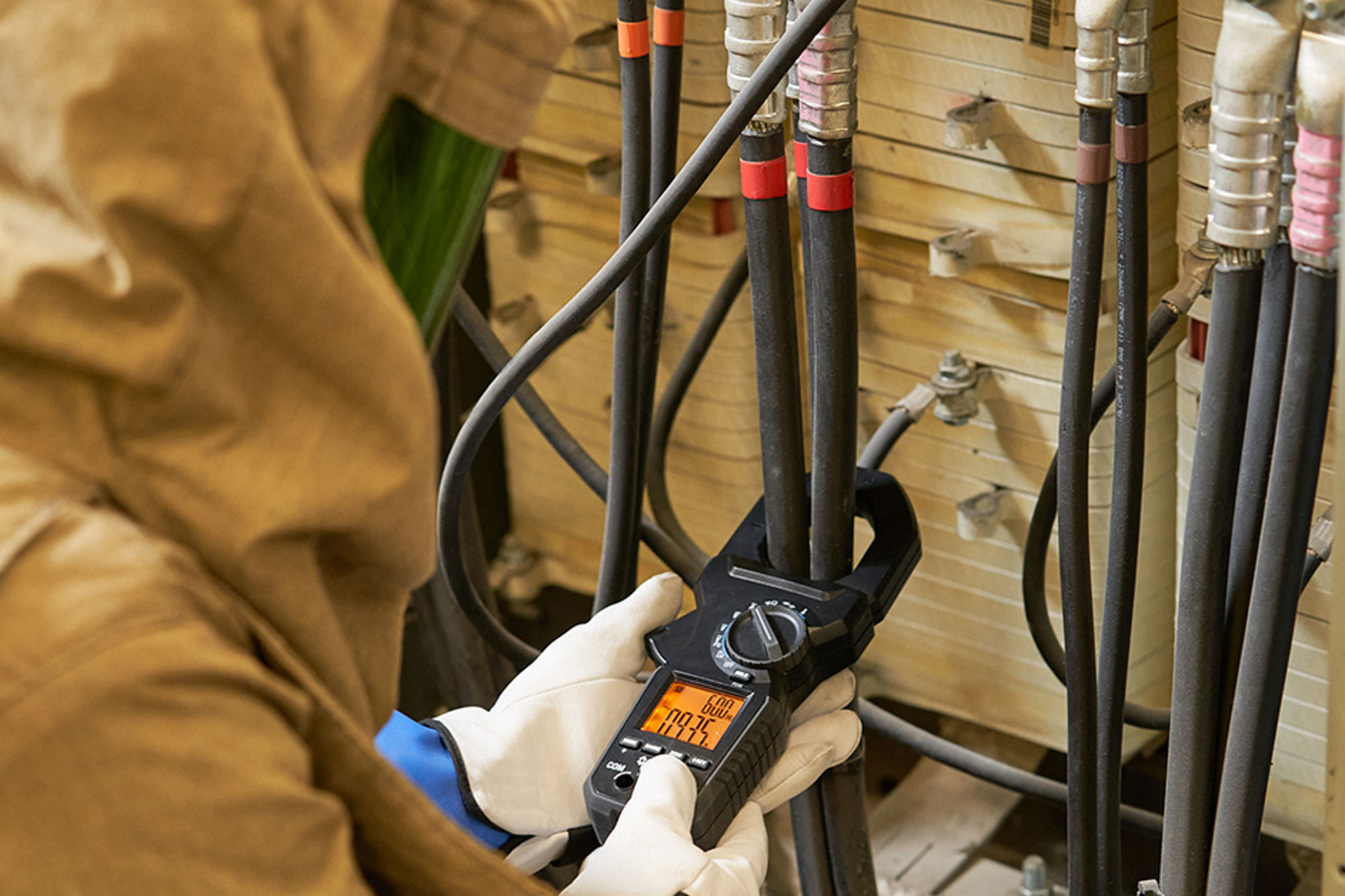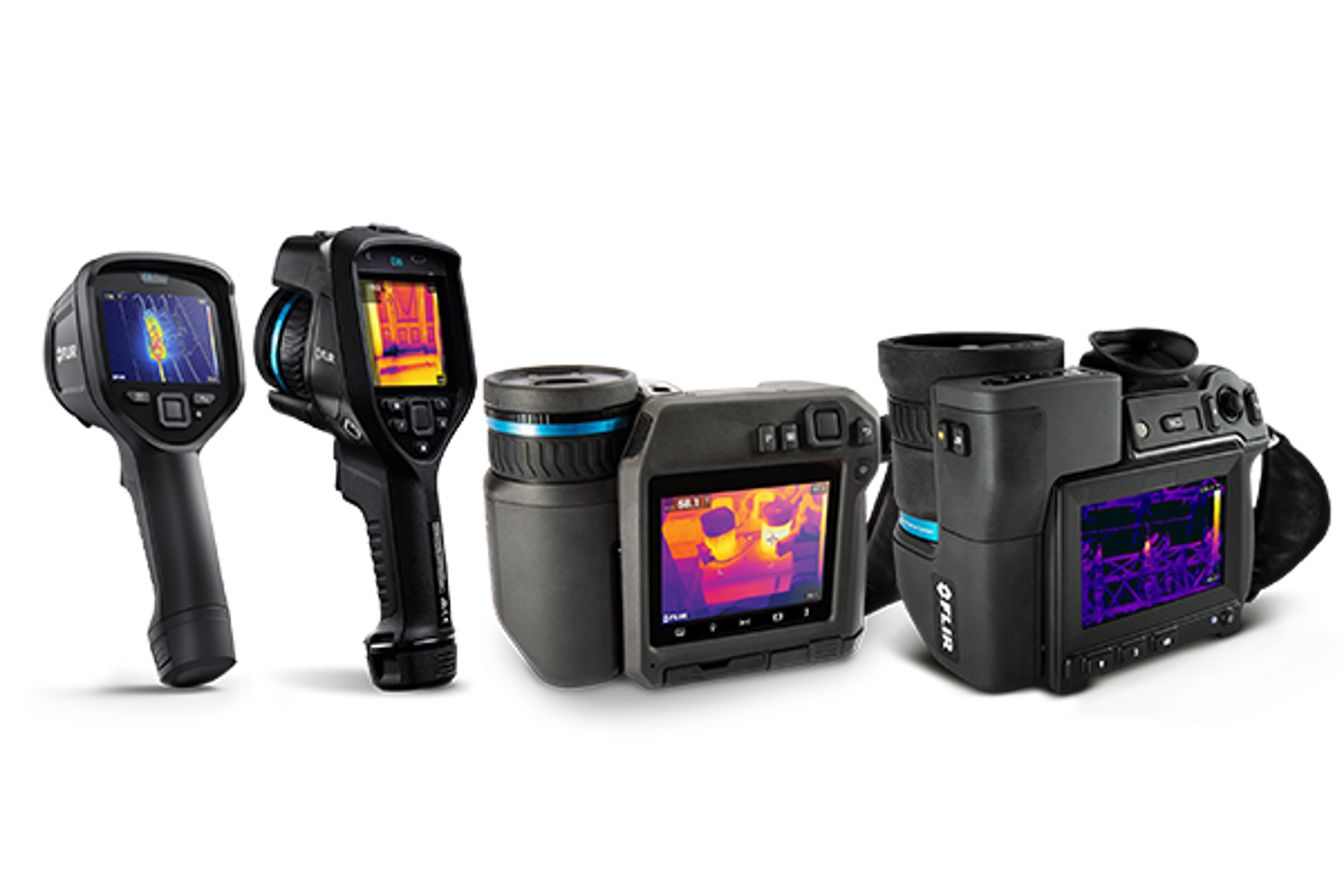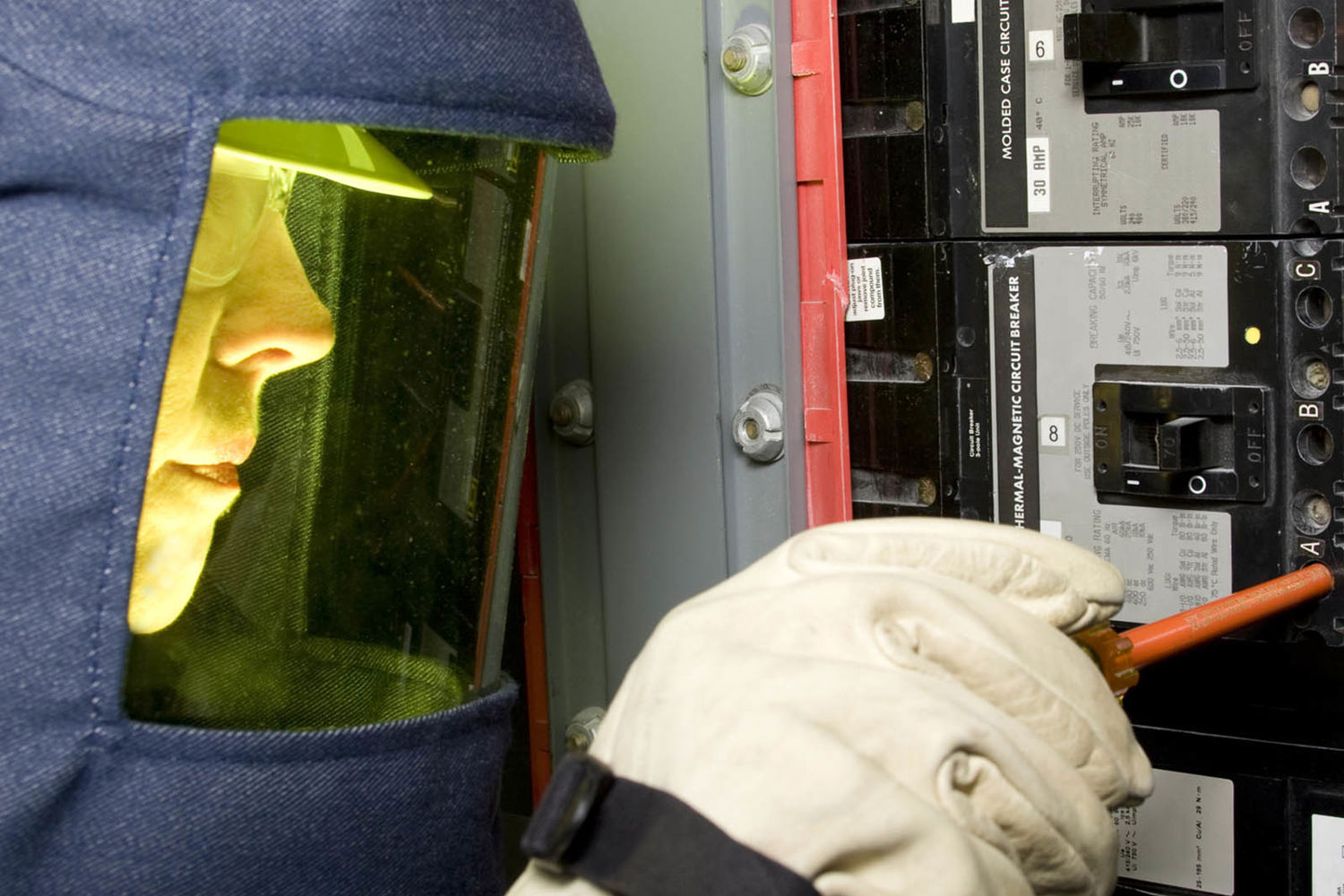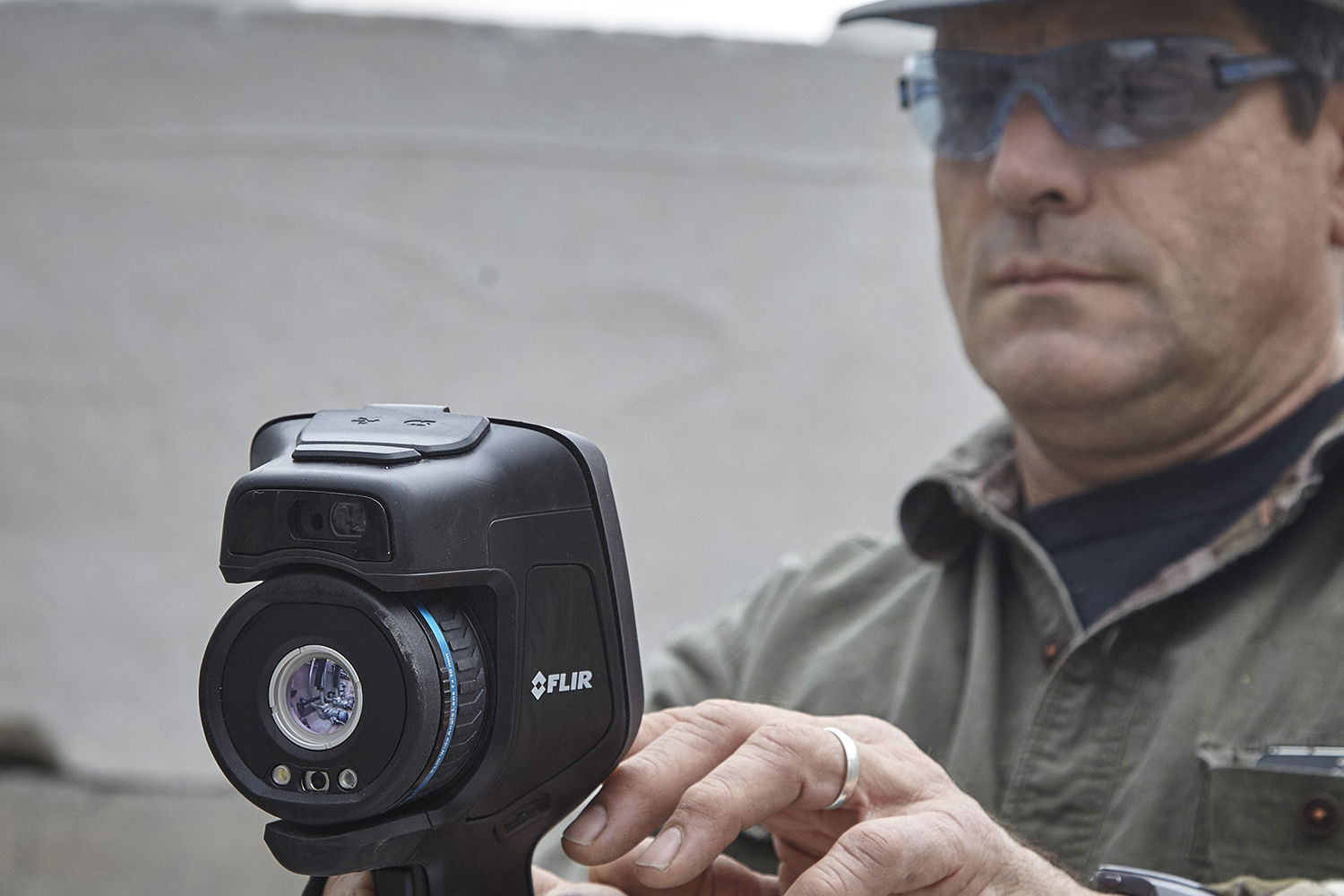
Going Beyond Compliance with NFPA 70B
Thermal Inspections: More than just a compliance requirement
With the release of 2023 NFPA 70B by the National Fire Protection Association, many electricians and maintenance professionals started including thermal imaging in their routine equipment inspections.
And while it's always smart to keep up with compliance requirements, the reality is adding FLIR thermal imaging cameras, software, and solutions to your condition monitoring program will increase uptime, help protect worker health and safety, and allow for a more streamlined workforce.

FLIR Has the Solutions
As the market leader in thermography, analysis software, and sensor solutions, FLIR is your one-stop-shop for tools to help you go beyond compliance.
With our thermal imagers, test and measurement tools, cloud services, and software, customers can do their jobs better, working faster, safer, and more efficiently.

Understanding the Importance of Preventative Maintenance in Industrial Settings
Preventative maintenance—in contrast with reactive maintenance—requires intelligent advanced planning, with scheduled inspections, tasks, and repairs aimed at preventing equipment failure before it occurs. Learn why this systematic approach is essential for minimizing unexpected downtime, extending the lifespan of machinery, optimizing overall operational efficiency, and keeping employees safe.

Lives can not be replaced. Equipment can.
The National Fire Protection Association (NFPA) NFPA 70B is a set of guidelines for creating an effective electrical preventive maintenance (EPM) program commonly used in industrial plants, commercial buildings, and large residential complexes.
In 2023, the NFPA added a mandate for thermal inspections every six months for critical electrical equipment that could endanger personnel. A primary reason for the change is safety: thermal imaging allows inspectors to check electrical equipment from a safe distance.

3 Key Takeaways
The updated guidance outlines specific steps inspection programs must follow, including those governing the use of thermography to identify temperature differences, known as “Delta T” or ΔT.
To meet 2023 regulations:
- Electrical inspectors need access to a thermal imaging camera capable of measuring the ΔT of similar electrical components under similar loading
- Inspectors must be properly trained and qualified to use the thermal camera
- Inspectors need the appropriate reporting tools to document their findings as required—specifically noting the ΔT between their target and a reference area
